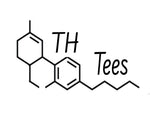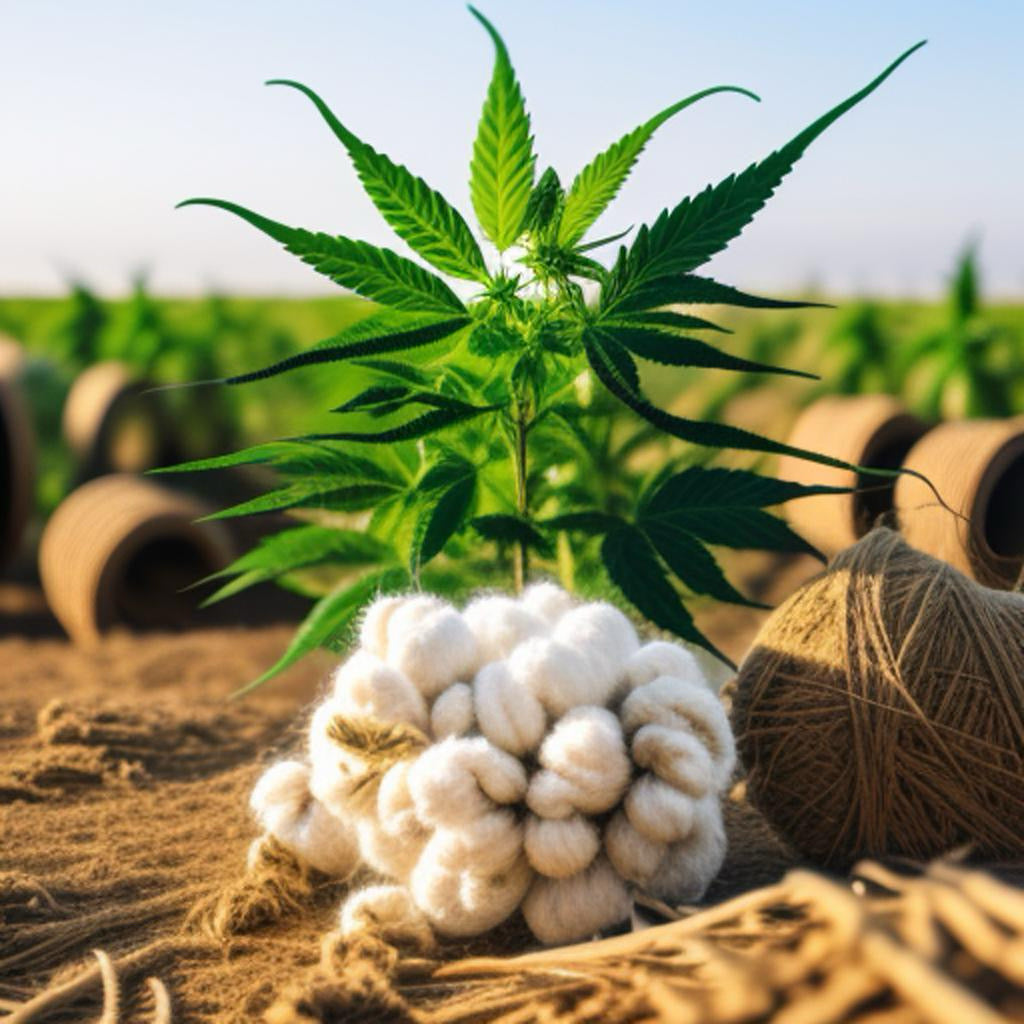How does the sustainability of hemp clothing compare to that of cotton clothing?
When comparing the sustainability of hemp clothing to that of cotton, it's essential to consider several factors. Firstly, hemp is renowned for its eco-friendly cultivation process. Unlike cotton, which requires vast amounts of water and pesticides, hemp can be grown with minimal water and without the need for pesticides or herbicides. Additionally, hemp plants have a higher yield per acre compared to cotton, meaning less land is required for cultivation, reducing the environmental footprint.
Furthermore, hemp fabric is incredibly durable and long-lasting, outperforming cotton in terms of lifespan and wear resistance. This durability means that hemp clothing tends to last longer and withstands frequent washing and wear without losing its quality or shape. In contrast, cotton garments often degrade more quickly, leading to more frequent replacements and increased resource consumption.
Moreover, hemp is a versatile and renewable resource that can be used for various purposes beyond clothing, such as paper, rope, and building materials. This versatility contributes to hemp's overall sustainability as it reduces the need for additional resources and promotes a more circular economy. Overall, when considering factors such as water usage, chemical inputs, durability, and versatility, hemp clothing emerges as a more sustainable choice compared to cotton clothing.
What are the environmental benefits of choosing hemp clothing over cotton clothing?
Opting for hemp clothing over cotton offers several significant environmental benefits. Firstly, hemp cultivation requires significantly less water compared to cotton. While cotton is known as a "thirsty crop," consuming large quantities of water, hemp can thrive with minimal irrigation, making it a more sustainable choice, particularly in regions prone to drought or water scarcity.
Additionally, hemp cultivation does not rely on synthetic pesticides or herbicides, as hemp plants naturally resist pests and weeds. In contrast, cotton cultivation is heavily reliant on chemical inputs, contributing to water and soil pollution and harming biodiversity. By choosing hemp clothing, consumers can reduce their contribution to pesticide use and support more environmentally friendly farming practices.
Furthermore, hemp plants have a rapid growth cycle and can be cultivated densely, allowing for higher yields per acre compared to cotton. This efficiency in land use means that hemp cultivation requires less land overall, reducing deforestation and habitat destruction associated with expanding agricultural land for cotton production.
Overall, the environmental benefits of choosing hemp clothing over cotton are clear. From reduced water usage and chemical inputs to more efficient land use, hemp clothing offers a more sustainable alternative for eco-conscious consumers.
Are there any drawbacks or limitations to using hemp fabric for clothing compared to cotton?
While hemp clothing offers numerous environmental benefits, there are some drawbacks and limitations to consider. One of the main challenges with hemp fabric is its initial stiffness and rough texture, which may not be as soft or comfortable as cotton fabric, especially in its raw state. However, with advancements in processing and manufacturing techniques, many hemp clothing brands now offer softer and more refined fabrics that rival the comfort of cotton.
Another potential limitation of hemp clothing is its tendency to wrinkle easily. Hemp fibers lack elasticity compared to cotton, making them more prone to wrinkling and creasing. However, blending hemp with other fibers such as organic cotton or lyocell can help improve the fabric's drape and reduce wrinkles, enhancing the overall comfort and appearance of hemp clothing.
Additionally, the availability and accessibility of hemp clothing may vary depending on geographic location and market demand. While hemp cultivation is gaining popularity globally, it may still be less accessible or more expensive compared to conventional cotton clothing in some regions. However, as consumer demand for sustainable and eco-friendly fashion continues to grow, the availability and affordability of hemp clothing are expected to increase.
Despite these potential drawbacks, the environmental benefits of using hemp fabric for clothing far outweigh any limitations. With advancements in processing technology and increased consumer awareness, hemp clothing is becoming increasingly popular as a sustainable and eco-friendly alternative to traditional cotton garments.
How does the production process of hemp clothing differ from that of cotton clothing?
The production process of hemp clothing differs significantly from that of cotton clothing, primarily due to variations in cultivation, harvesting, and processing techniques. Unlike cotton, which is typically grown in large monocultures requiring extensive irrigation and chemical inputs, hemp cultivation is more environmentally friendly and sustainable.
Hemp plants require minimal water and can thrive in a variety of climates and soil conditions, making them well-suited for organic and regenerative farming practices. Hemp cultivation also naturally suppresses weeds and pests, reducing the need for synthetic pesticides and herbicides that are common in conventional cotton farming.
Once harvested, hemp fibers undergo a process called retting, where they are soaked in water to break down the outer layer of the plant and separate the fibers from the stalk. This process can be done using water retting, where the fibers are submerged in water for several days, or dew retting, where the fibers are left to decompose naturally in the field.
After retting, the hemp fibers are cleaned and processed to remove impurities and prepare them for spinning into yarn. This process may involve mechanical or chemical methods to soften the fibers and improve their quality. Once spun into yarn, the hemp fibers can be woven or knit into fabric using traditional textile manufacturing techniques.
In contrast, cotton production typically involves extensive use of water, pesticides, and synthetic fertilizers, leading to environmental degradation and negative impacts on soil and water quality. Additionally, cotton processing often requires harsh chemicals and bleaching agents to remove impurities and achieve the desired color and texture.
Overall, the production process of hemp clothing is more sustainable and environmentally friendly compared to that of cotton clothing, reflecting the growing demand for eco-friendly and ethical fashion options.
Can consumers make a significant impact on sustainability by switching from cotton to hemp clothing?
In conclusion, consumers can indeed make a significant impact on sustainability by choosing hemp clothing over cotton. By opting for hemp garments, individuals can reduce their water footprint, minimize pesticide use, and support more environmentally friendly farming practices. Additionally, hemp clothing tends to be more durable and long-lasting than cotton, resulting in fewer replacements and less waste.
Furthermore, the growing demand for hemp clothing encourages more farmers to transition to sustainable hemp cultivation practices, contributing to positive environmental outcomes on a larger scale. As consumer awareness of the environmental impacts of fashion grows, the shift towards hemp clothing represents a positive step towards a more sustainable and ethical clothing industry.
Ultimately, by making informed choices and supporting brands that prioritize sustainability and ethical production practices, consumers can play a vital role in driving positive change in the fashion industry. Together, we can create a more sustainable future for both people and the planet.

